Home / Creative Arts & Media / Design / Invitation to Ex-Noguchi Room: Preservation and Utilization of Cultural Properties in Universities / Restoration vs Preservation: The Ex-Noguchi Room
This article is from the free online
Invitation to Ex-Noguchi Room: Preservation and Utilization of Cultural Properties in Universities


Reach your personal and professional goals
Unlock access to hundreds of expert online courses and degrees from top universities and educators to gain accredited qualifications and professional CV-building certificates.
Join over 18 million learners to launch, switch or build upon your career, all at your own pace, across a wide range of topic areas.

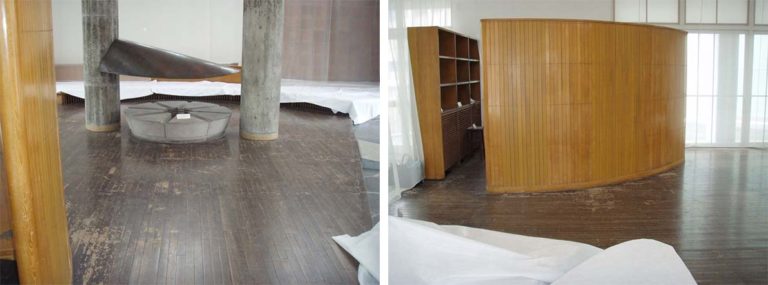 Condition of floor before restoration © Keio University Art Center
Condition of floor before restoration © Keio University Art Center
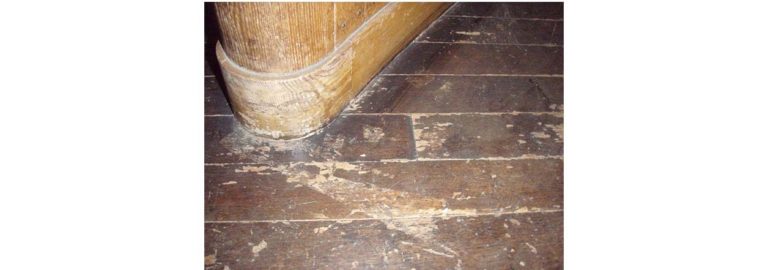 Condition before removal of old wax. Protective wax was stripped at points all over the floor. © Keio University Art Center
Condition before removal of old wax. Protective wax was stripped at points all over the floor. © Keio University Art Center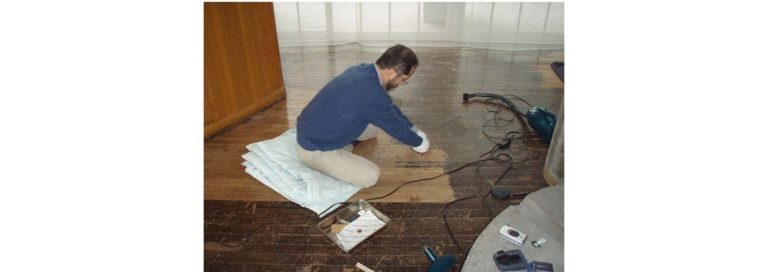 Removing old wax © Keio University Art Center
Removing old wax © Keio University Art Center
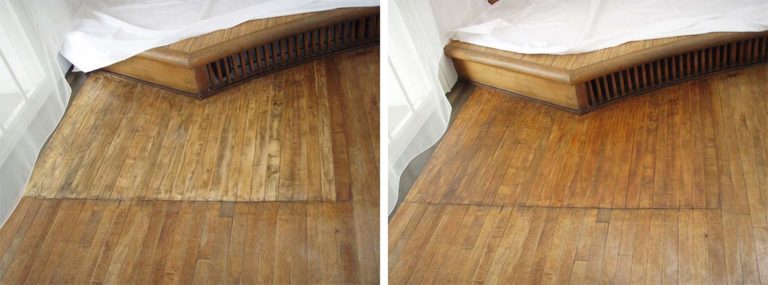 During removal of old paint (left), coloring with urethane-based varnish to match the surrounding hue (right) © Keio University Art Center
During removal of old paint (left), coloring with urethane-based varnish to match the surrounding hue (right) © Keio University Art Center
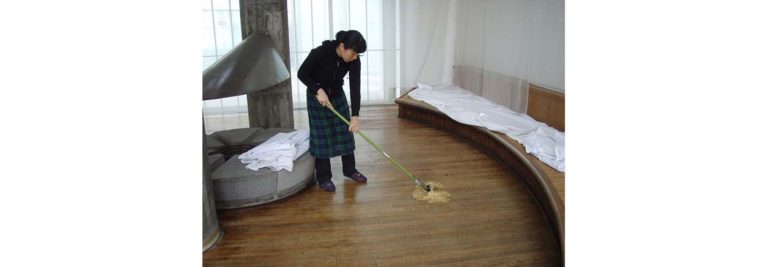 Applying wax to protect the surface © Keio University Art Center
Applying wax to protect the surface © Keio University Art Center
 Part of the old wax was left for documentary purposes © Keio University Art Center
Part of the old wax was left for documentary purposes © Keio University Art Center
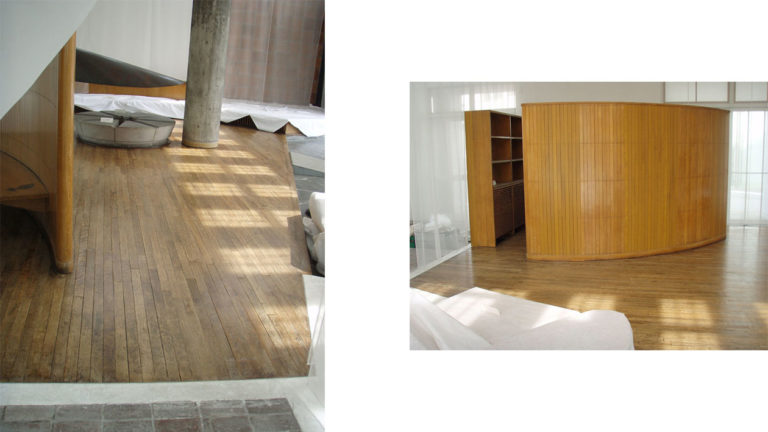 After restoration © Keio University Art Center
After restoration © Keio University Art Center





